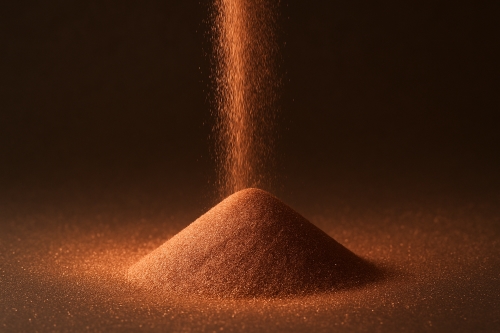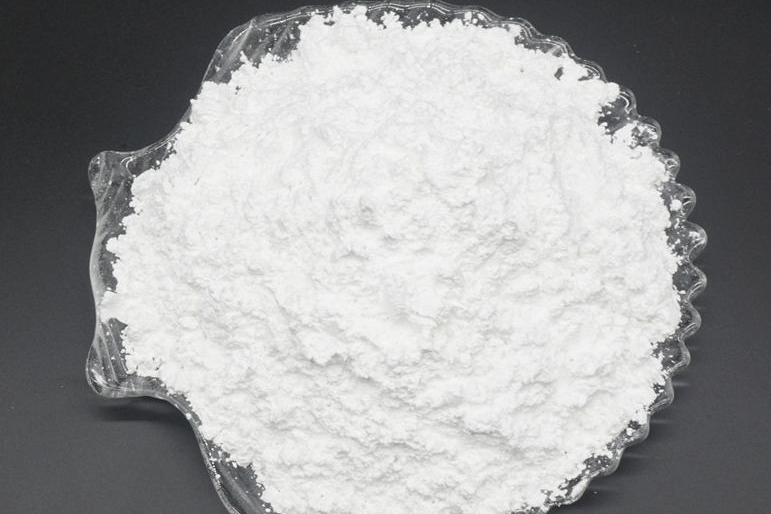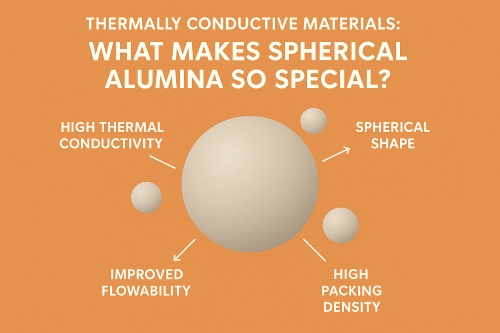Applications of Tungsten Penetrators in New Armour and Optical Protection
Introduction to Tungsten Penetrators
In the field of defence technology, material performance often determines mission success. For many applications, tungsten is employed in the form of tungsten penetrators. With a density of 19.25 g/cm³ and considerable hardness, tungsten is used to manufacture armour‐piercing projectiles and protective systems. Recently, tungsten penetrators have been incorporated in kinetic energy (KE) ammunition and optical protection platforms.
How Tungsten Penetrators Are Used in Armour‐Piercing Ammunition
Tungsten is used in military-grade penetrators because its density and hardness enable it to overcome the resistance of armoured targets. Traditional steel‐core projectiles sometimes fail to penetrate high‐strength steel or composite armours. Tungsten penetrators transfer high kinetic energy onto a small impact area, thereby achieving penetration of the target.
Performance against Armour
In comparative testing, tungsten heavy alloy (WHA) penetrators have exceeded the performance of both steel and uranium in certain applications. For example, 120 mm tungsten rounds fired from main battle tanks have penetrated armour equivalent to over 600 mm of rolled homogeneous armour (RHA) at distances up to 2 000 metres. These results are used for countering current armoured vehicles.
Modern kinetic energy penetrators, such as APFSDS (Armour‐Piercing Fin‐Stabilised Discarding Sabot) rounds, are manufactured with tungsten rods that typically have a length-to-diameter (L/D) ratio of 10:1 to 20:1. A high L/D ratio supports penetration through thick armour while maintaining flight stability.
Environmental and Strategic Advantage over Depleted Uranium
Tungsten provides a non-toxic alternative to depleted uranium (DU), which has been used for many decades owing to its density and pyrophoric properties. Depleted uranium presents significant environmental and health concerns. In contrast, tungsten is chemically stable and easier to manage in both manufacturing and field conditions.
Recent defence procurement practices indicate that several NATO countries, including Germany and Sweden, have transitioned from DU to tungsten-based systems. In the U.S., tungsten-based M829A1 and subsequent variants have demonstrated performance without the risk of radioactivity.
How Tungsten Penetrators Are Used for Optical and Transparent Armour Protection
Tungsten is used in protective optical systems. Although tungsten is not transparent, tungsten thin films and nanoparticles are employed to increase impact resistance and energy absorption in transparent armour systems.
--Tungsten-Doped Transparent Armour
Transparent armour, used in vehicle windows, sensor housings and protective visors, is typically manufactured from polycarbonate layered with glass and ceramic. Researchers have observed that adding tungsten oxide (WO₃) particles or films can result in a 30% increase in impact resistance while maintaining optical clarity.
--Laser Protection Applications
Tungsten oxide is employed in optical filters that protect against high-energy lasers. Engineers adjust the bandgap of tungsten oxide coatings to block specific laser wavelengths in the near-infrared (NIR) and visible range. This method is applied in both battlefield and aerospace environments, given that high-energy laser exposure is a concern.
--Emerging Uses in Lightweight and Modular Systems
Despite its high density, research into tungsten composites and porous tungsten enables engineers to use the material selectively in modular armour systems. For instance, hybrid ceramic-tungsten composite tiles are under development for lightweight vehicle and aircraft armour, thereby limiting weight increases.
3D-printed tungsten components permit the manufacture of custom geometries in fin‐stabilised projectiles and wearable protective gear inserts. These designs have been shown to achieve quantifiable penetration and effective energy dispersion.
Conclusion
Tungsten penetrators are widely used in armour technology. Their density, strength and versatility support modern military applications, including KE projectiles and optical protection systems.
Engineers designing APFSDS rounds or working on transparent armour for drones and vehicles commonly select tungsten when specific performance and protection criteria must be met.
Frequently Asked Questions
F: What are tungsten penetrators used for in armour?
Q: They are employed in armour applications to resist high-speed impacts owing to their high density and strength.
F: Why is tungsten chosen for optical protection?
Q: Tungsten is selected for optical applications because it resists scratches and high-energy impacts, thereby preserving the clarity of optical components.
F: Can tungsten blends improve protection systems?
Q: Yes, combining tungsten with ceramics has been shown to improve shock absorption and increase durability.

 Write for Us
Write for Us
 Converters & Calculators
Converters & Calculators
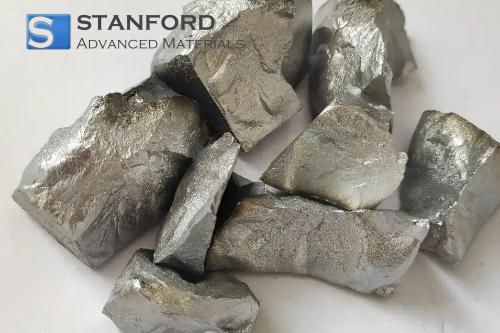
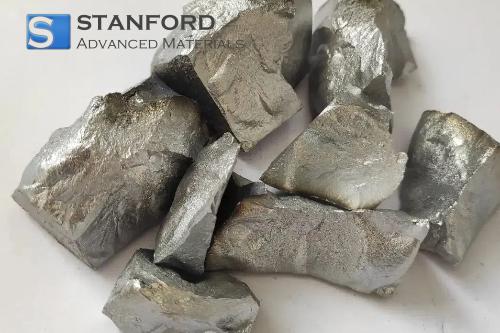
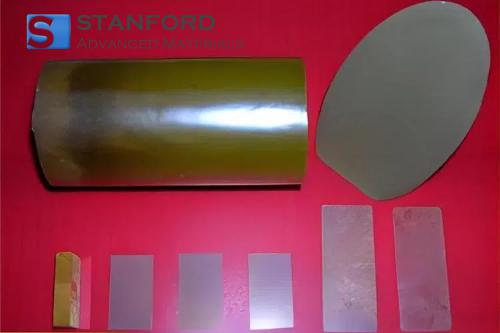
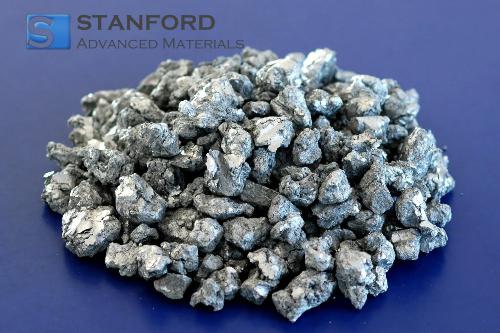
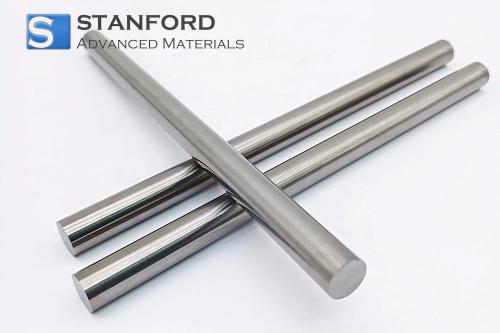
 Chin Trento
Chin Trento

